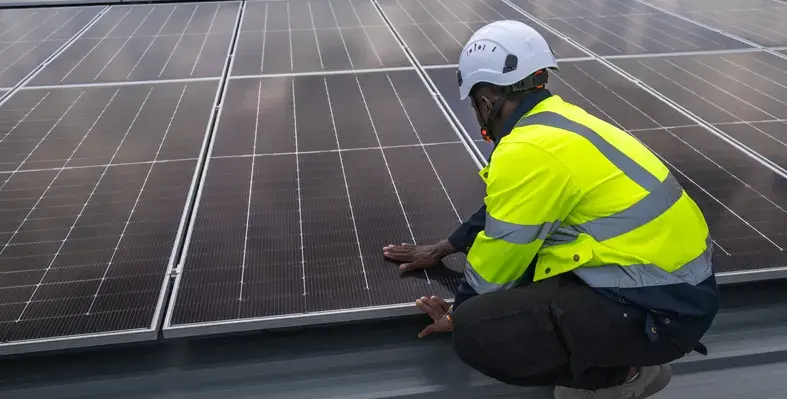Dar es Salaam, Tanzania — A new push to expand off-grid solar solutions is gaining momentum following the recent Mission 300 Africa Energy Summit, where African Heads of State, private sector leaders, development partners, and civil society gathered to align on universal electricity access
Spearheaded by the World Bank Group and African Development Bank, Mission 300 aims to connect 300 million people across Sub-Saharan Africa to electricity by 2030.
At the heart of this initiative lies off-grid solar—positioned as the most cost-effective solution to deliver nearly half of the connections required to meet Mission 300 targets. With over 560 million people already benefiting from off-grid solar globally, and the majority in Africa, the model is proving its adaptability and transformative impact across households, institutions, and micro-enterprises.
The summit underscored that off-grid energy access not only enhances resilience and productivity but also presents a US$5.6bn opportunity in household savings and new income generation. Furthermore, off-grid solar is poised to energise two million micro-enterprises and create thousands of jobs in an industry already supporting more than 120,000 formal and informal workers continent-wide.
Financing off-grid growth
To accelerate deployment, the World Bank and its partners are calling for stronger financial commitments. Public funding, including subsidies and grants, is essential to de-risk investment in fragile and remote regions—home to 82% of Africa’s unelectrified population. Evidence from Nigeria’s National Electrification Program demonstrated rapid uptake when subsidies reduced the cost of solar home systems, connecting 5.5 million people in just two years.
Alongside public finance, private investment—through both debt and equity—remains a critical pillar. Platforms like Zafiri, which aim to mobilise US$1bn in patient equity, are unlocking new capital and bridging the funding gap for distributed renewable energy (DRE) companies. Innovative financing mechanisms, including local currency instruments and climate-linked finance, are also gaining traction.
Governments are central to this ecosystem. By embedding off-grid solar into national electrification plans, offering tax and tariff relief, and phasing out fossil fuel subsidies in favour of DRE investments, governments can catalyse a thriving off-grid industry. Kenya’s experience stands as a beacon—tax exemptions have enabled the country’s off-grid market to power more than 10% of its population, while also fostering solar adoption in agriculture and ICT sectors.
As Africa accelerates its energy transition, Mission 300 provides a timely and ambitious blueprint. With bold partnerships and continued innovation, distributed solar technologies can deliver on the promise of energy for all—ensuring no one is left behind.





